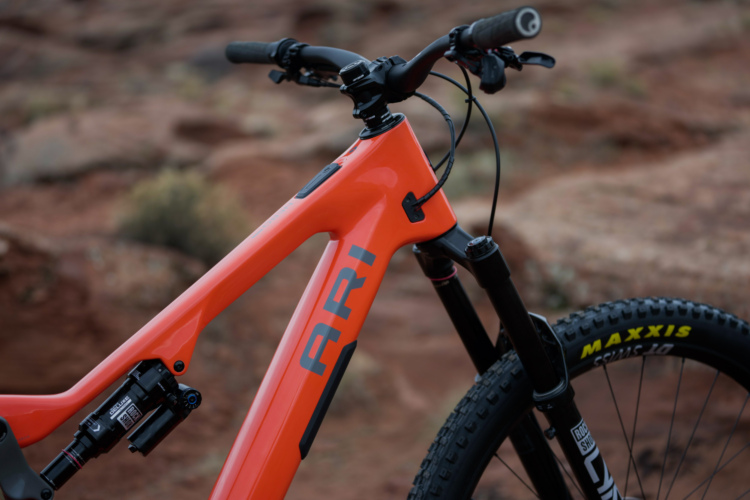
Reserve Fillmore Valve
- MSRP: $50 for a set
- Buy from Amazon and The Pro’s Closet
Reserve — the brand formerly known as Santa Cruz Reserve — released the Fillmore Valve today, and they say that the item “represents a major update to an absolute staple in the cycling world, the Presta valve.” While there are anodized and colored Presta valves, and long and short, the valve itself hasn’t really seen any updates or changes in the 100+ years it’s been around.
CushCore does make a Presta valve with a base that redirects air to the sides so that tire inserts don’t block airflow, but the valve type remains the same.
Reserve’s new Fillmore valve uses a Poppet valve, as do traditional Presta valves, but the Fillmore redirects the valve to the base, instead of inside the shaft. This, Reserve says, should eliminate sealant clogs inside the valve and around the base, and it allows for 3x the amount of airflow over a traditional Presta valve. With more airflow, users can inflate tires more quickly and it makes it possible to seat a tire with the core still inside the Fillmore valve. Reserve’s mantra is “high flow, no clog.”


I’ve been using the Reserve Fillmores on a set of wheels for six to eight weeks, and I will say that the difference it makes during inflation is noticeable. Reserve included this video with the launch and the demonstrations seem accurate. There’s less pumping involved when trying to inflate a tire with a floor pump and the tires seem to reach desired pressure more quickly.
I don’t often have problems with clogging valves, and have used CushCore’s valves for a while even without tire inserts because they seem to inflate better and clog less than other Presta valves. I haven’t had any clogging issues with the Fillmores yet.
Amusingly enough, I had these Fillmores installed on a different set of wheels, and when I went to a short press event, the wheels were swapped for a set with Presta valves. Because the tires were packed with sealant, the sealant seemed to gather around the valves and I had issues for days with sealant spurting out when I tried to decrease pressure.
The Fillmore does work a little differently than a traditional Presta. The cap of the Fillmore is threaded inside and locks the poppet valve into place when tightened. With the cap off, pressure inside the tire pushes the valve up, keeping it closed, and the rider can tap on the top of the valve to decrease pressure. There’s no loosening of the valve required when the cap is off. While the pressure should keep the valve in place, it’s probably best not to lose this cap.
I also tried the Fillmore with a tire insert because it seemed like the insert would block the valve from extending, but surprisingly, it worked great. It does take the slightest bit more force to tap the valve and release pressure, but I was able to install the valve with an insert and seat the tire again with a charging floor pump.
Closing thoughts

Statements like “first major update” to a product that hasn’t seen major updates since its development a hundred years ago may seem hyperbolic, but the Reserve Fillmores are pretty sweet. These are definitely not a must-have, but they are worth considering the next time you’re looking for a set of valves.





















2 Comments
Nov 5, 2021
Nov 5, 2021